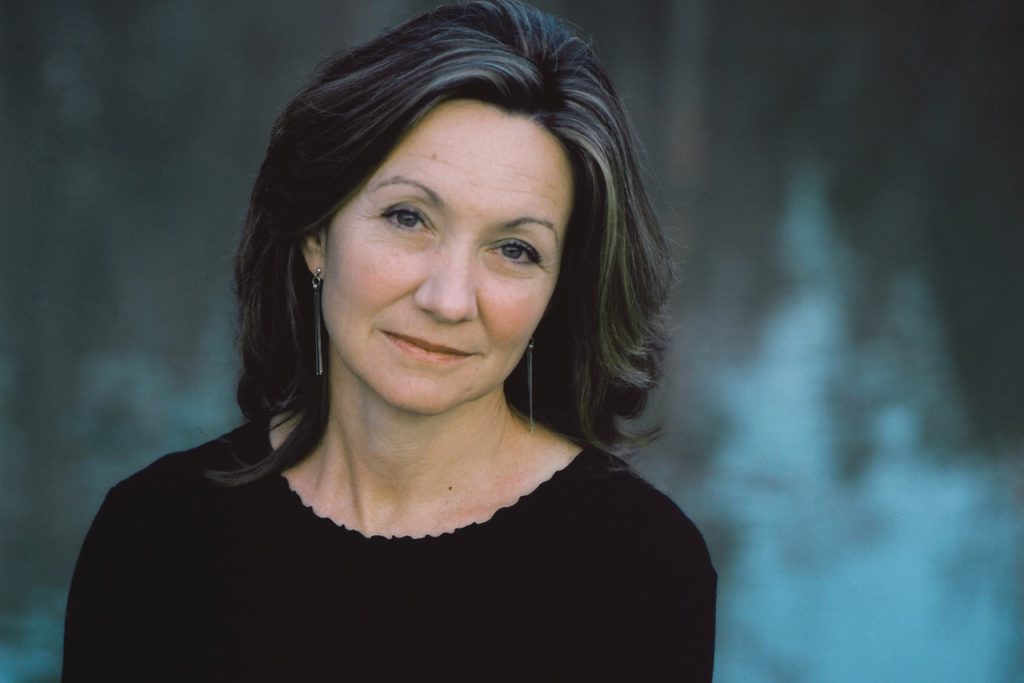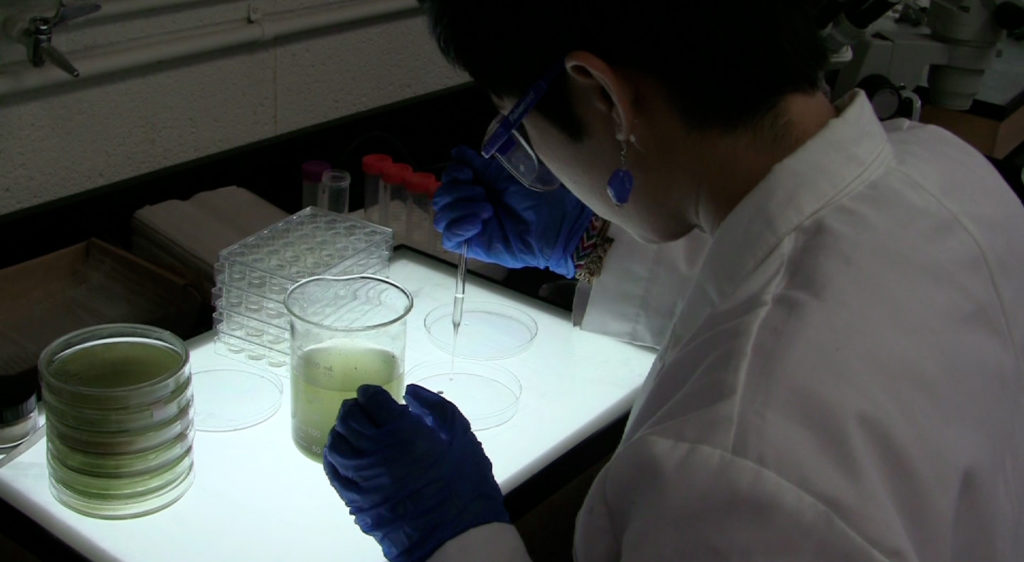Curators at the Crystal Bridges Museum of American Art in Bentonville, Ark., selected 102 artists from across the country to display their work at “State of the Art.” The exhibit features work by UNC art professor and photographer Jeff Whetstone.
In 2013, curators logged more than 100,000 miles traversing the United States to visit artists. Whetstone was among three artists from North Carolina selected for the exhibit. The following is an abridged interview with him, accompanied by a video where Whetstone reveals the meaning behind his piece, Drawing E. obsoleta.
Q: Congratulations on being selected for “State of the Art.” How were the artists selected for the exhibit?
A: The curators of the exhibit got some 9,700 names from art professionals all over the country in every state. Out of those, they went through months of research to get down to about 1,000 names. They did 1,000 studio visits in every state over seven months and selected 102 artists.
Q: What kind of work is on display?
A: It’s a huge variety of art, from real intense craft to very avant-garde performances. It speaks well for the health of art in the United States. The majority of the artists don’t come from art centers. I think contemporary art language is global now, and people are speaking it in small towns in Kansas and in big places like Brooklyn.
Q: What was your personal vision behind your featured piece, Drawing E. obsoleta?
A: I was trying to draw the landscape where I captured the snake. I removed it from a landscape that had a certain terrain, and I was trying to redraw the terrain with the animal itself. I guess some kind of illogical effort to reconnect the animal with its landscape. Of course, the snake doesn’t want to be drawn, it’s an animal. What it wants to do is resist drawing. With its resistance, you see kind of a collaborative creative act. I’m trying to do something, it’s resisting it and something new is born. Not completely of its resistance, not completely of my effort, but a hybrid of those two things.
Q: What was it like working with a live snake?
A: I got my bachelor of science in zoology, so I’m very used to handling animals. Most of my work is about either anthropology or biology or natural systems. I guess what’s different about this piece from my other work is that I was looking at the snake through the lens of cultural history. The mythology behind the snake of being beautiful but also evil drew me to using it as a material.
Q: What was the transition like from zoology to photography?
A: Practicing art and practicing science are very similar. Artists have a hypothesis … it might not be something that is logical or reasonable, but they have a hypothesis. They design an experiment. My experiment was the snake in a bucket. They perform that experiment and look at the results and continually change that experiment and try to figure out where the discoveries can be made.
Q: I understand a former student of yours also has her work on exhibit in ”State of the Art.”
A: Aspen Mays graduated from UNC in 2002, double-majoring in anthropology and Spanish, and has become a very well-known artist in the United States. Her art piece is probably the most conceptual in the exhibit. It’s a dot matrix program that tracks ships out at sea. Every time two ships met at night, a dot matrix would plot it. It’s a piece about cosmic loneliness. It hardly ever prints. When it does, it’s even lonelier than when it didn’t.
Q: How long does the exhibit run?
A: The State of the Art exhibit runs at Crystal Bridges until the end of January, at which point it will travel.
Watch Whetstone’s full video, Drawing E. obsoleta.
Interview and video editing by Parth Shah ’15




